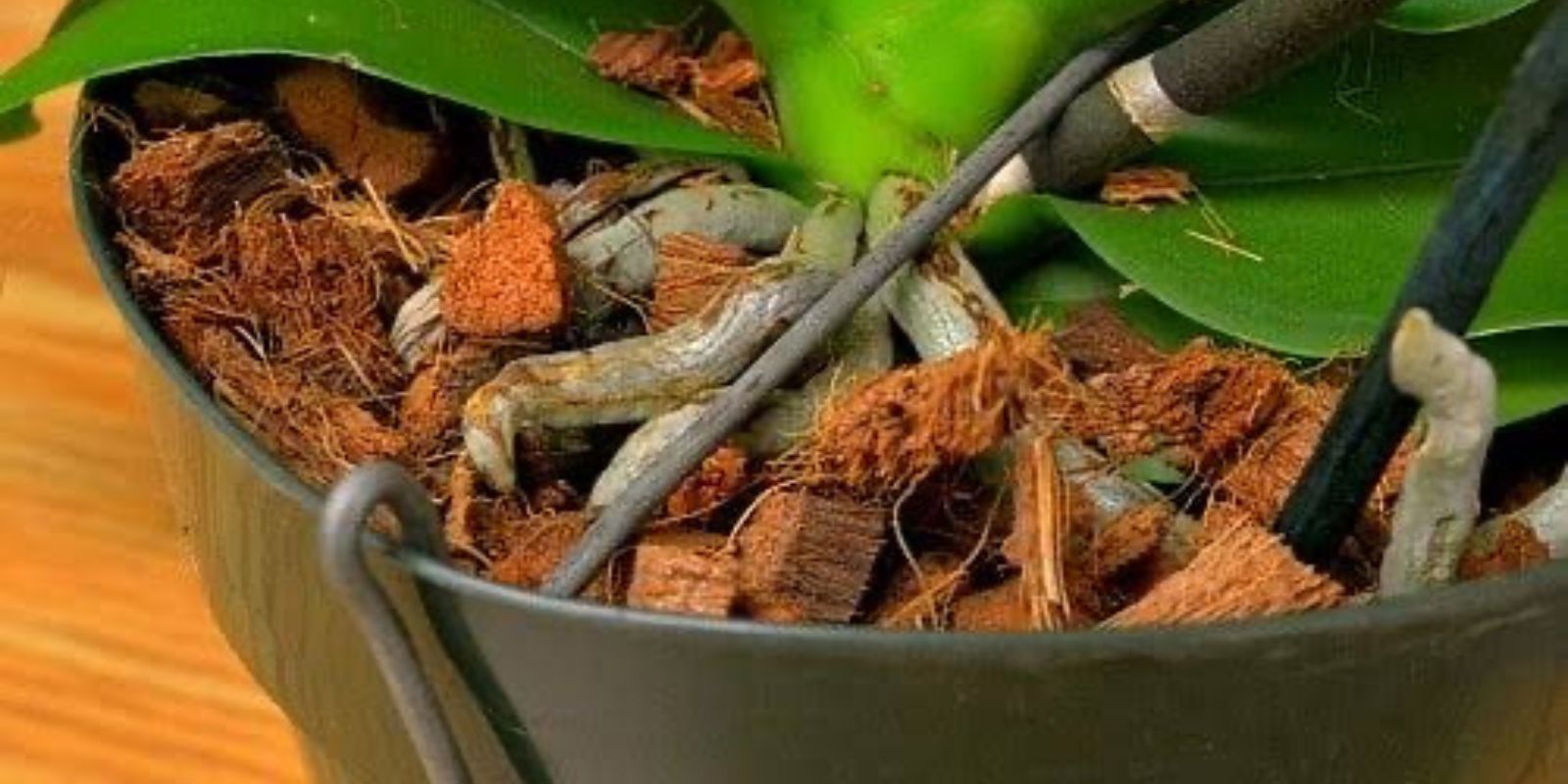Orchids are some of the most captivating plants you can grow, but they also have a reputation for being finicky. With their delicate flowers and unique growing requirements, it’s no surprise many people unknowingly make mistakes when caring for them. Whether you’re a beginner or an experienced gardener, avoiding these common pitfalls can help your orchids thrive and reward you with stunning blooms year-round.
In this article, we’ll explore seven common orchid care mistakes and provide practical solutions to ensure your orchids grow healthy and strong.
1. Overwatering Your Orchids
One of the most common mistakes is overwatering. Orchids, especially popular varieties like Phalaenopsis, are epiphytic, meaning their roots are designed to absorb moisture from the air rather than sit in soggy soil.
The Problem: Overwatering suffocates the roots, leading to root rot and eventually killing the plant.
The Solution:
- Only water your orchid when the potting medium is almost dry.
- Check the roots—healthy roots are firm and green. If they appear mushy or brown, you’re likely overwatering.
- Use a well-draining orchid mix, and make sure your pot has proper drainage holes.
2. Placing Orchids in Poor Lighting
Lighting plays a crucial role in orchid health, yet many people place them in spots that are too dark or expose them to direct sunlight.
The Problem: Without adequate light, orchids won’t bloom, and too much direct sun can scorch their leaves.
The Solution:
- Place your orchid in a bright, indirect light spot. An east-facing window is ideal.
- If the leaves look dark green, your orchid may need more light. Pale or yellowing leaves indicate too much light.
3. Ignoring Humidity Levels
Orchids are native to tropical environments, so they thrive in high humidity. Indoor conditions, especially during winter, can be too dry for orchids to flourish.
The Problem: Low humidity can cause the plant to dry out, leading to wilting or poor growth.
The Solution:
- Increase humidity by misting the plant daily, placing a tray of water with pebbles under the pot, or using a humidifier.
- Aim for humidity levels of 50-70%.
4. Using the Wrong Potting Medium
Orchids have specific needs when it comes to their growing medium. Many beginners plant them in regular potting soil, which can suffocate their roots.
The Problem: Standard potting soil retains too much moisture and doesn’t allow proper airflow to orchid roots.
The Solution:
- Use a specialized orchid potting mix made from bark, perlite, and sphagnum moss.
- Repot your orchid every 1-2 years to refresh the medium and prevent root rot.
5. Neglecting to Fertilize Regularly
Orchids are light feeders, but they still need nutrients to bloom and grow. Many people either over-fertilize or forget to fertilize altogether.
The Problem: Over-fertilizing can burn the roots, while lack of fertilization leads to poor blooming and weak growth.
The Solution:
- Use a balanced orchid fertilizer (20-20-20) and apply it at half the recommended strength.
- Fertilize once a week during the growing season and reduce to once a month during dormancy.
- Follow the rule: “Weakly, weekly.”
6. Not Repotting When Needed
Orchids require occasional repotting, but many owners avoid it out of fear or uncertainty.
The Problem: Over time, the potting medium breaks down, retaining too much moisture and encouraging root rot.
The Solution:
- Repot your orchid every 12-24 months, especially if the medium looks degraded or the roots are growing out of the pot.
- Choose a pot that is slightly larger than the current one but still snug to the roots.
7. Ignoring Signs of Pests and Diseases
Orchids can be prone to pests like mealybugs, spider mites, and scale, as well as fungal or bacterial infections.
The Problem: Left untreated, pests and diseases can weaken your orchid, stunting its growth or even killing it.
The Solution:
- Inspect your orchid regularly for pests and wipe them off with a damp cloth or use an insecticidal soap.
- For fungal or bacterial infections, trim off affected areas and apply a fungicide or bactericide.
- Ensure good airflow around your plant to prevent infections.
Bonus Tips for Thriving Orchids
- Temperature: Orchids prefer daytime temperatures of 65-75°F and slightly cooler nights.
- Pruning: After the blooms fade, cut the spike back to encourage reblooming.
- Patience: Orchids may take time to adjust to new conditions, so don’t be discouraged if they don’t bloom immediately.
Conclusion
Caring for orchids doesn’t have to be intimidating! By avoiding these seven common mistakes and following the right care practices, you can enjoy the beauty of healthy, blooming orchids in your home.
💬 What’s the biggest challenge you’ve faced with your orchids? Let us know in the comments below—we’d love to hear from you!

